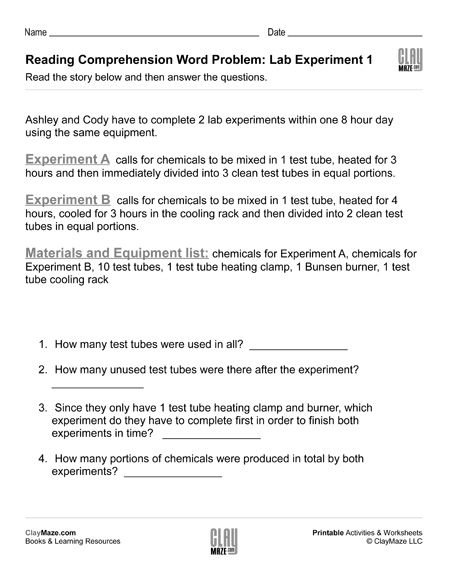This is the first of a 3 part set of worksheets which combines reading comprehension, word problems and a science lab experiment environment. Science experiments are a fun bridge between the physical world and a child’s routine world of memorization. Becoming an actual participant in the learning process rather than just the recipient of the results can spark an early enjoyment in science and discovery. All too often children can be thrust into a lab environment without a thorough understanding of scientific method, lab reports, safety procedures or any of its other intimidating nuances. Practice worksheets like this can help to ease that transition and provide a valuable STEM resource.
Lab Experiment 2 Lab Experiment 3
Download Printable PDFRelated Worksheets
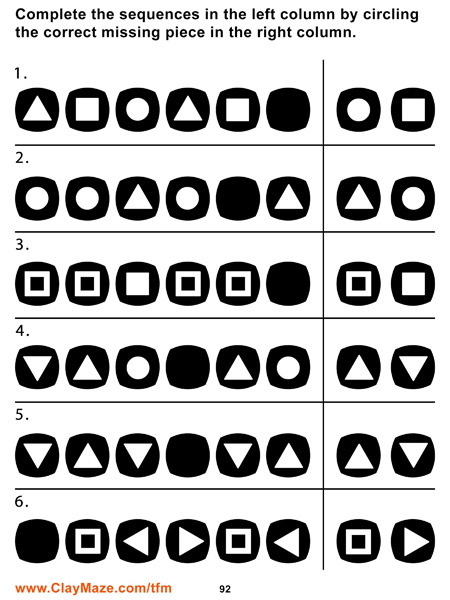
Complete the Sequences
Literally every aspect of what children learn today can benefit from a solid background in pattern recognition. While it is obvious that math, language, music and sports are all heavily based on pattern recognition, there are many other day-to-day activities
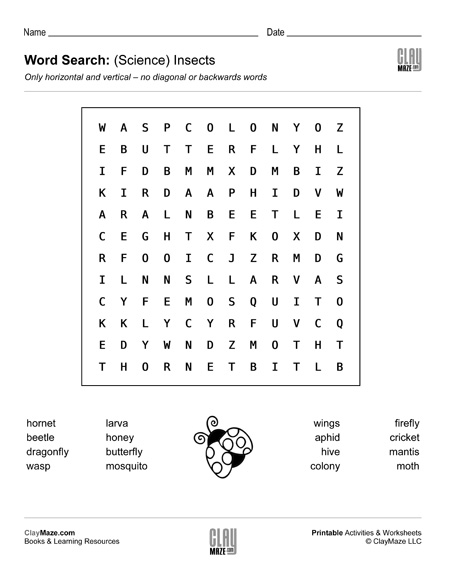
Word Search: (Science) Insects
Download our free word search puzzle – all about insects. Recommended for around first grade level.
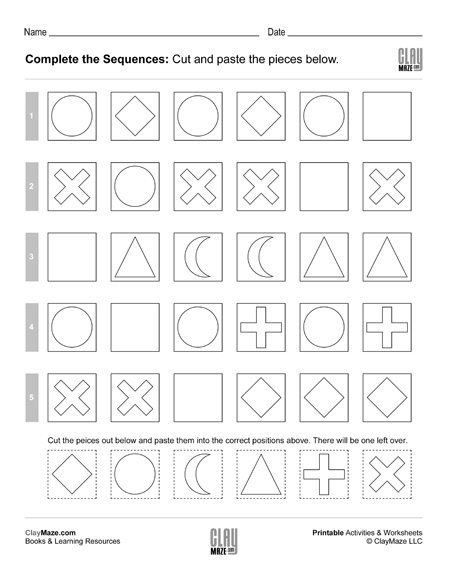
Complete the Sequences Worksheet Activity
Cut out the shapes and paste them into the correct position in the sequences.
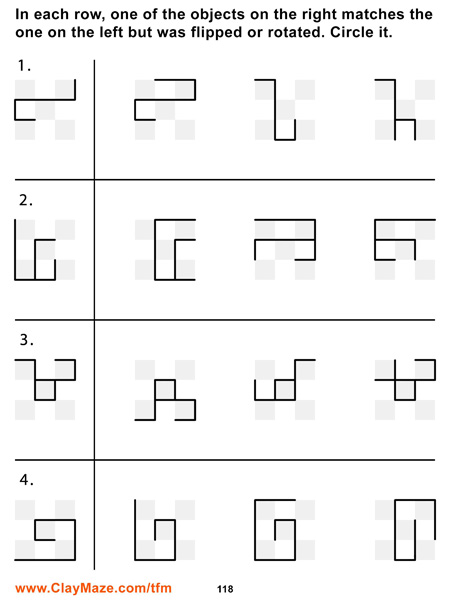
Match the Rotated Patterns
One of the reasons children get frustrated so easily when confronted with a new problem or challenge isn’t as much that it looks difficult, but because they just feel as though they don’t have a method devised to solve it.
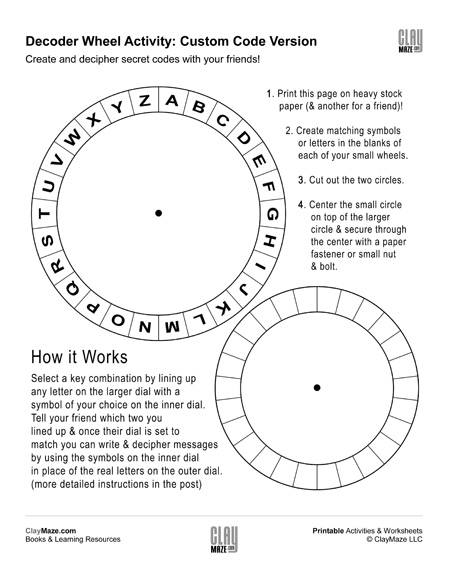
Spy Decoder Wheel – Custom Code Version
This template is the customizable version of our Random Alphabet Decoder Wheel. There are three decoder wheels in all allowing for the coding and decoding of secret messages using random alphabet letters, symbols or your very own code! See the
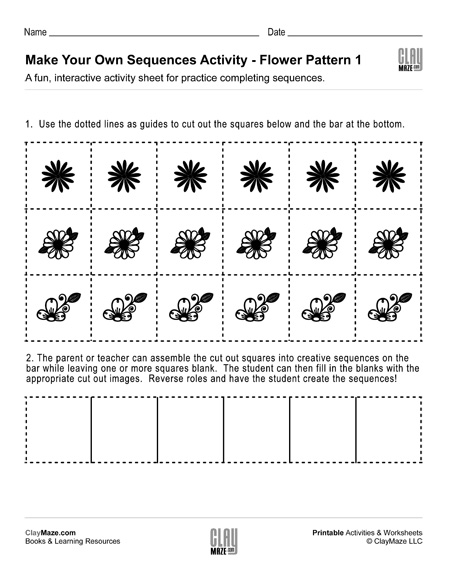
Make Your Own Sequences Activity – Flower Pattern 1
This activity is a fun twist on the basic challenge of completing sequences. The child can use the dotted lines as guides to cut out the shape squares and the bar at the bottom of the page. The parent or

